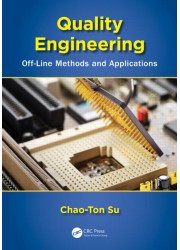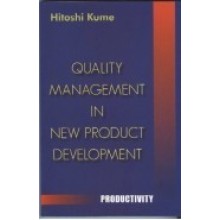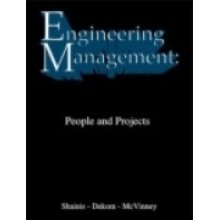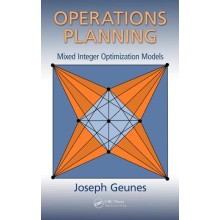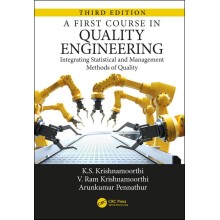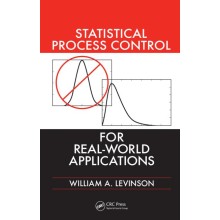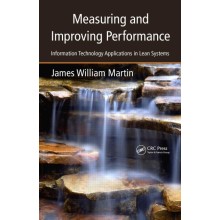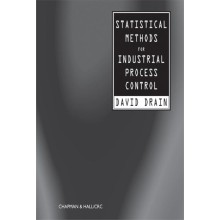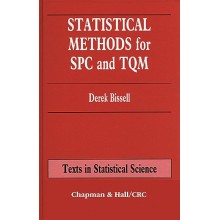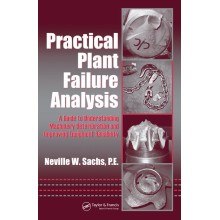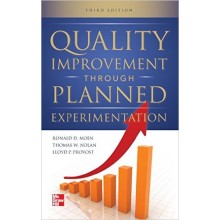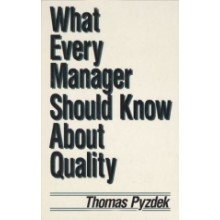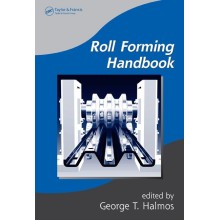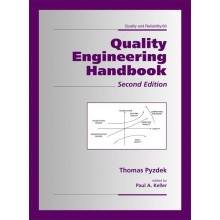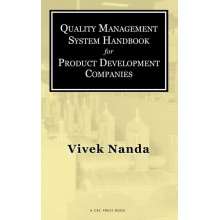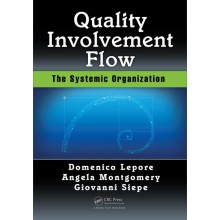Quality Engineering: Off-Line Methods and Applications
Quantity:
-
Add to Compare
As quality becomes an increasingly essential factor for achieving business success, building quality improvement into all stages—product planning, product design, and process design—instead of just manufacturing has also become essential. Quality Engineering: Off-Line Methods and Applications explores how to use quality engineering methods and other modern techniques to ensure design optimization at every stage. The book takes a broad approach, focusing on the user’s perspective and building a well-structured framework for the study and implementation of quality engineering.
Starting with the basics, this book presents an overall picture of quality engineering. The author delineates quality engineering methods such as DOE, Taguchi, and RSM as well as computational intelligence approaches. He discusses how to use a general computational intelligence approach to improve product quality and process performance. He also provides extensive examples and case studies, numerous exercises, and a glossary of basic terms.
Table of Contents
Introduction
Quality
Robust Design
Quality Engineering
Structure of This Book
Exercises
Fundamentals of Experimental Design
Basic Principle
Factorial Experiments
Two-Level Full Factorial Design
Two-Level Fractional Factorial Design
Three-Level Factorial Design
Steps of a DOE Project
Exercises
Principles of Quality Engineering
Taguchi’s Perspectives
Noise Factors
Relationship between Quality Characteristics and Parameters
Classification of Parameters
Three Phases of Quality Engineering
Two-Step Optimization Procedure
Exercises
Utilization of Orthogonal Arrays
Introduction of Orthogonal Arrays
The Use of Orthogonal Arrays
Interaction
Linear Graphs
Orthogonal Arrays and Fractional Factorial Designs
Special Techniques for Modifying Orthogonal Arrays
Summary
Exercises
Quality Loss Function and Static Signal-to-Noise Ratios
The Concept of Quality Loss
Taguchi’s Quality Loss
The Types of Quality Loss Functions
The Signal-to-Noise Ratio
Signal-to-Noise Ratios for Static Problems
Exercises
Parameter Design for Static Characteristics
The Experiment Setup of Parameter Design
The Procedures of Static Parameter Design
Data Analysis of the Parameter Optimization Experiment
The Issue of Interactions
Examples of Parameter Design with Static Characteristics
Case Studies of Parameter Design with Static Characteristics
The Operating Window
Computer-Aided Parameter Design
Analysis of Discrete Data
Exercises
Parameter Design for Dynamic Characteristics
Introduction
Basic SN Ratios for Dynamic Problems
The Procedures of Dynamic Parameter Design
Examples of Parameter Design with Dynamic Characteristics
Case Studies of Parameter Design with Dynamic Characteristics
Other Types of Dynamic Problems
Exercises
Implementing Parameter Design
Analysis in the Planning Stage
Selection of Quality Characteristic
Selection of Noise and Control Factors
Differences between Taguchi Methods and the Classical Experimental Design
Exercises
Tolerance Design
The Concepts of Tolerance Design
The Procedures of Tolerance Design
Exercises
Mahalanobis-Taguchi System
Mahalanobis Distance
Feature Selection
Mahalanobis-Taguchi System
Case Study: RF Inspection Process
Case Study: Pressure Ulcers Development
Exercises
Response Surface Methodology
Introduction to Response Surface Methodology
Response Surfaces Designs
Fitting Models
Multi-Objective Optimization
Response Surface Approach for Process Robustness
Case Study: Improvement of the Fracture Resistance of Medium/Small-Sized TFT-LCD
Case Study: Optimization of the Performance of Inter-Metal Dielectric Process
Exercises
Parameter Design Using Computational Intelligence
Introduction
Neural Networks
Genetic Algorithms
Parameter Design Using Computational Intelligence
Case Studies
Exercises
Appendix
References
Glossary
Index
Write a review
Your Name:Your Review: Note: HTML is not translated!
Rating: Bad Good
Enter the code in the box below:
Copyright © 2014 Engineering Standards Bureau. All Rights Reserved.
Developed By Zoom Into Web


